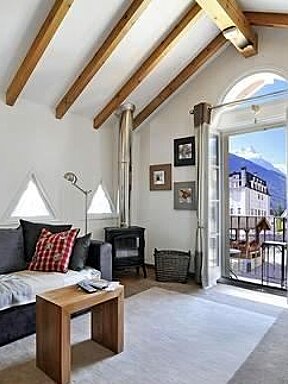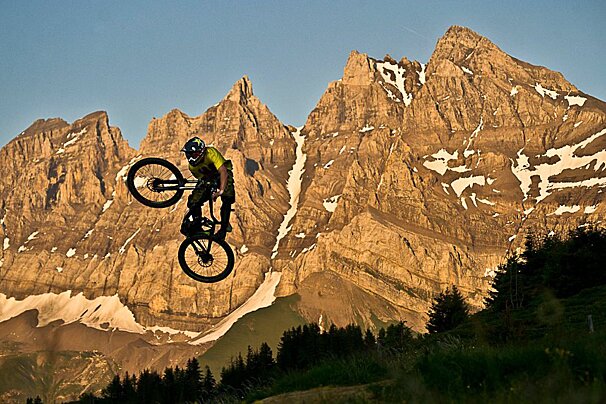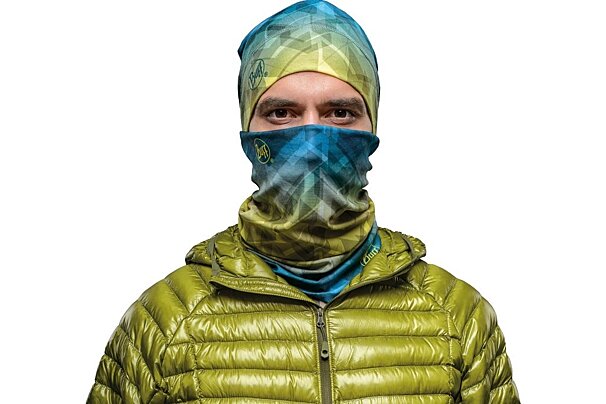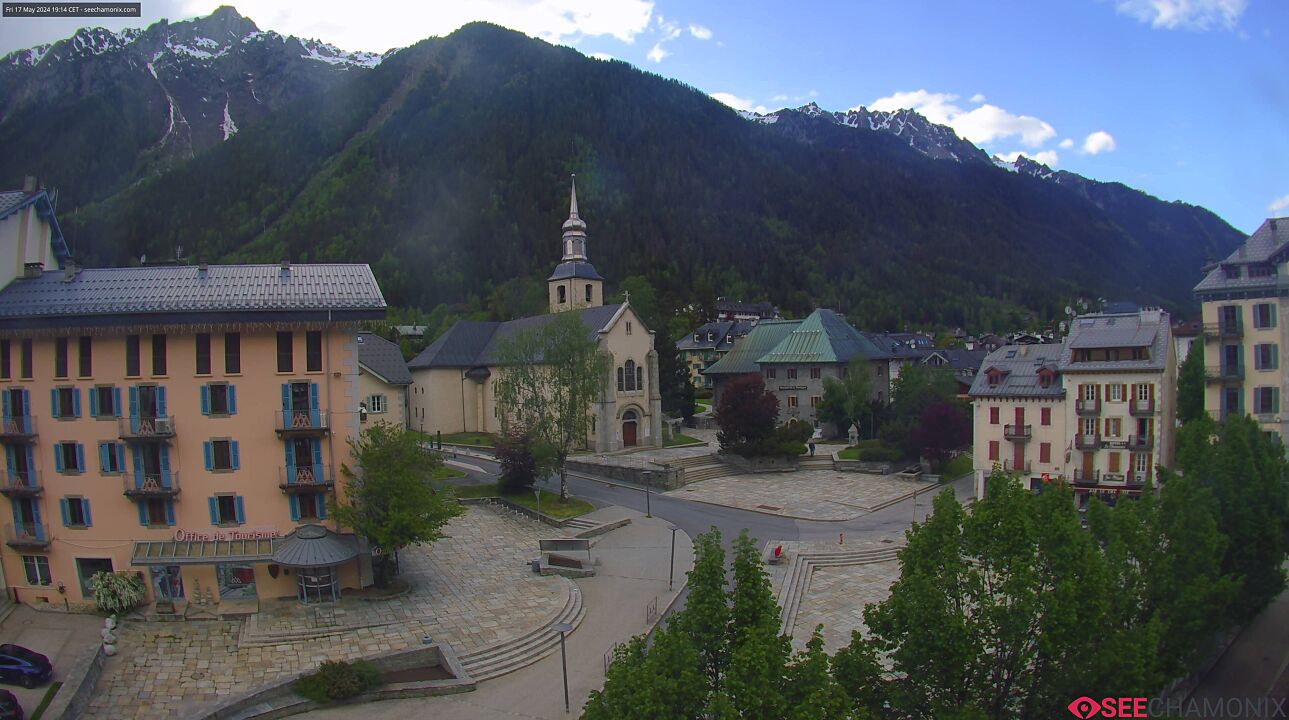Turnover Down Across the Alps
How have our favourite resorts faired this unseasonably warm winter? Despite temperatures in the high 20°Cs, some high-altitude resorts will remain open until the 8th of May, but as the season draws to a close estimates suggest turnover will be down around 15% across the Alps. However, the loss in revenue is by no means uniform; high altitude resorts had, and continue to have, adequate snow cover and actually picked up guests from low and mid-altitude resorts where the snow was poor.
There is no denying that low lying resorts have been the hardest hit by the snow drought; some areas, such as Abondance in the Haute-Savoie, which was forced to close prematurely, are poised on the verge of bankruptcy. In neighbouring Châtel turnover was down 7.5% with a reduction of nearly 24% in visitor numbers despite an end of season boost following the closure of Abondance.
In the Southern Alps turnover is expected to have dropped by around 10% on average. Early season snow was actually quite good in areas such as Serre Chevalier and Montgenevre, especially above 1800m. Lower resorts, however, were only able to operate thanks to large investments in artificial snow making equipment. The situation was even more critical towards the west of the region. Ceüse, close to Gap, didn't open at all and is making a major investment in snow making over the summer. Other resorts were only open for a few weeks.
The major ski resorts situated in the Northern Alps have faired better and even gained visitors from their lower lying competitors, a reverse of the last two winters. The fourteen biggest ski areas represent 50% of French turnover. Analysts say that they expect to limit the losses to just 2 to 3 % overall. Of these resorts la Plagne, les Arcs, Tignes, Meribel, Chamonix, Flaine, les Menuires and Serre Chevalier are controlled by the Compagnie des Alpes. The results appear to show that the lift management company was wise to concentrate on high altitude resorts and to invest heavily in snow making equipment.
The climatic conditions were the major factor contributing towards the poor season. The snow arrived late and the temperatures remained a warm 2 to 3°C above average during January and February. Only the end of February and March saw conditions close to normal. The clement temperatures made it difficult to run snow canons. Resorts have also blamed the media for exaggerating and making sweeping generalisations about the state of the snow.
Overall the number of skiing days is expected to have dropped by 10% this winter, compared with a 4% rise last year. However the SNTF says that without snow making that figure would have been closer to a 30% fall. Artificial snow cover has enabled many resorts to remain open and is the main reason the season has not been as catastrophic as 1989-90 or 2000/01. 191 ski resorts now have some artificial snow cover with around 18% of ski runs equipped. About half the area compared to Austria or Italy. Last season 156 million euros were invested in ski lifts but it is expected that the emphasis will shift to snow making. There are already 20 reservoirs planned in the Northern Alps.
Source: Pistehors



























